Peacocks, also known as “peafowl, are large colorful birds that live in India and Asia. There are two species, blue peafowl and green peafowl. There is also a third, African species known as the Congo peafowl, but it is in a different genus.
Peacocks are actually the males, and the females are known as “peahens.” Read on to learn about the peacock.
Description of the Peacock
Male and female peafowl are drastically different in appearance. Peacocks are extravagant birds, with iridescent blue necks, and bright green tail feathers dotted with eyespots. Peahens are dull brown, with iridescent green necks and cream-colored heads.
Both peacocks and peahens have tufts of feathers crested out of their heads. Peahens, who lack the long tail of their male counterparts, are about 3 ft. long, and males, with their long tail, are about 7.5 ft. long.
Interesting Facts About the Peacock
Peafowl are breathtaking birds, and their ornate feathers are truly one of a kind. Learn more about what makes peafowl unique below.
- Colorful Characters – As if peacocks didn’t already sport brightly colored raiment, humans have selectively bred a number of different color mutations. Through breeding, we now have white, piebald, cream, and other colors.
- A Peacock’s Tail – Peafowl obviously have amazingly long and beautiful tails. However, the peacock’s tail, called a train, actually grows from its back. They are part of the tail, but actually the feathers that cover the true tail.
- Most Mature Males – It takes a while to grow such an impressive train, and peacocks require some aging before they can strut their stuff. Their tails do not begin to grow until they are two years old, and males do not have fully developed tails until they reach the age of four.
- Feral Peafowl – When humans first began to keep and breed these birds, everyone wanted one. All the richest and most influential people just had to have a peacock to display on their lawns. However, this created a problem when the birds escaped and began breeding in various cities across the world.
Habitat of the Peacock
In the wild, peafowl live in forested areas, as well as farms and agricultural fields. They inhabit lowland forests, deciduous forests, and both tropical and dry habitats.
Even in their natural range, these birds roam in cities and parks in search of food. They sometimes damage crops, but they also eat locusts and grasshoppers, which is beneficial to farmers.
Distribution of the Peacock
The two species have different ranges. Blue peafowl, or Indian peafowl, live in India. Their range covers the vast majority of the Indian subcontinent. Green peafowl live in Southeast Asia, primarily Myanmar, Thailand, Cambodia, Vietnam, and parts of Indonesia. Their populations are spotty and fragmented.
Diet of the Peacock
Wild peacocks wander through the underbrush in search of food. They are omnivores, and feed on a variety of insects, seeds, grains, small mammals, flowers, fruits, berries, and small reptiles. They forage in groups, and usually remain on the ground while feeding. When they are not feeding, peafowl fly up into the trees to remain safe from predators.
Peacock and Human Interaction
Peafowl and humans have an interesting coexistence. The birds are quite pesky and destructive when they are feral in cities, but are also beneficial in agricultural areas. Feral peacocks spread disease through their feces, and damage cars and property.
However, they also eat pests, like grasshoppers, mice, and various insects. The IUCN lists the Indian peacock as Least Concern, but the green peacock as Endangered, primarily due to habitat destruction.
Domestication
Humans have semi-domesticated peafowl, primarily by selectively breeding for various colors and traits. They have not, however, fully domesticated these birds.
Does the Peacock Make a Good Pet
Generally speaking, peafowl do not make good pets, even on farms. They are large birds and produce lots of feces. Peafowl are also incredibly loud, and their calls typically occur in the early mornings.
These birds also damage crops, gardens, cars, and other property. In particularly rural areas, where the birds have proper housing and cannot cause damage, they can make good pets.
Peacock Care
Generally speaking, peafowl are relatively docile birds, both in zoos and on farms. Zoos do not usually enclose the peafowl. Rather, the birds are feral, and the zoos provide them with a safe place to live and a balanced diet.
Peafowl must have trees and branches to fly into at night, so they can safely escape from predators. They also need a variety of seeds, plants, and other foods. Zookeepers also provide them with pelleted peafowl food.
Behavior of the Peacock
These birds are quite social, and live in groups both in the wild and in feral populations. At night, they fly up into the trees to sleep. During the day, the alternate between foraging on the ground and resting in the trees.
The groups change based on the season. Outside of the breeding season, all-male or all-female groups usually congregate. Once the breeding season begins, the males collect several females into their harem, and protect them from other males.
Reproduction of the Peacock
After mating, peahens build their modest nests and incubate their eggs alone. They lay their eggs on the ground, and line their nests with branches and leaves. Most clutches contain between three and eight eggs, which incubate for about a month.
When the chicks hatch, they are capable of following their mother almost immediately. She protects them from predators and leads them to food until they are old enough to fend for themselves, usually after several months.
Beliefs, Superstitions, and Phobias About the Peacock
Because these birds are so striking, it is no surprise they are present in many different cultures. In some cultures, people even consider peafowl deities or gods, or they are closely associated with them.
For example, the Hindu God of war Kartikeya rode a peacock as his steed. The Buddhists also consider peafowl as a representation of wisdom. These birds are present in many different tales and cultures, particularly in India and Southeast Asia.

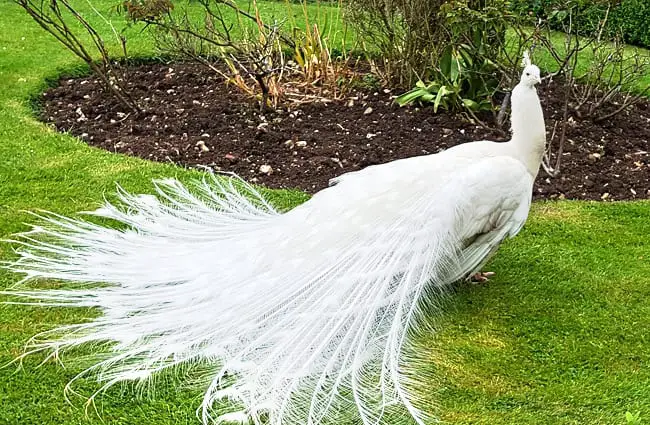

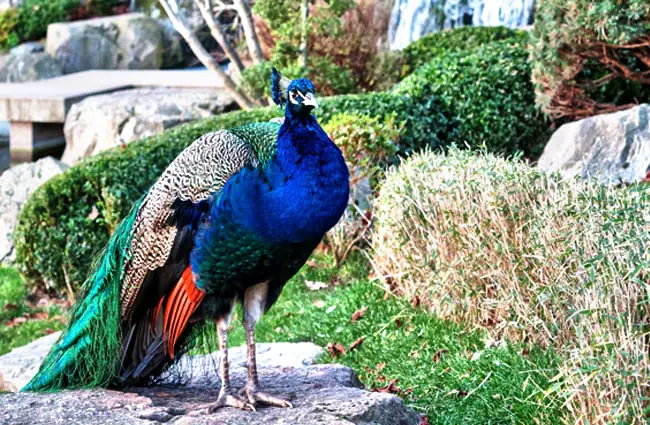
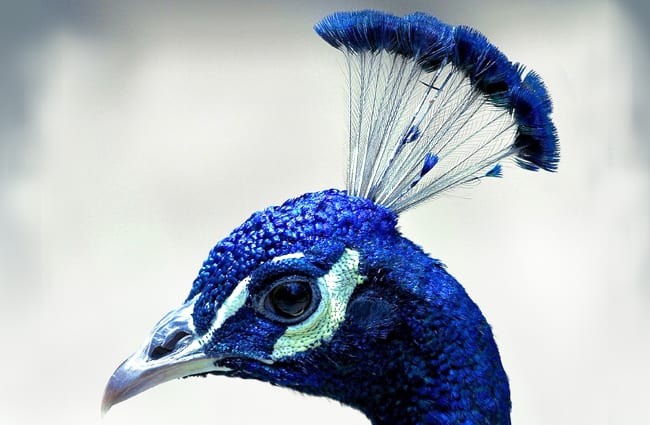
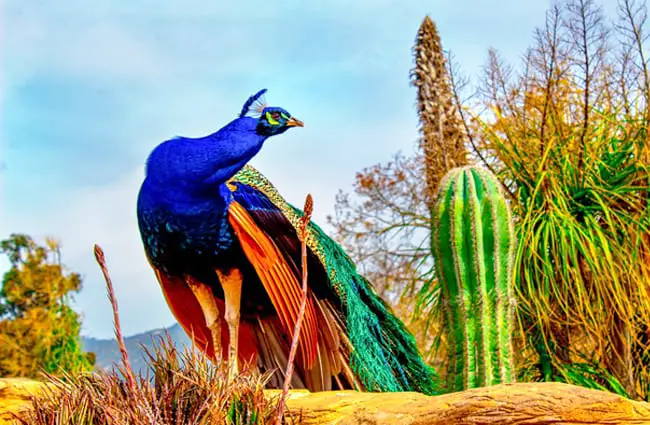
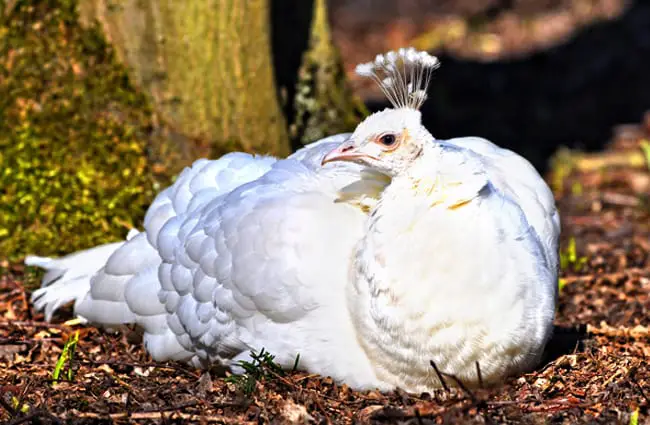
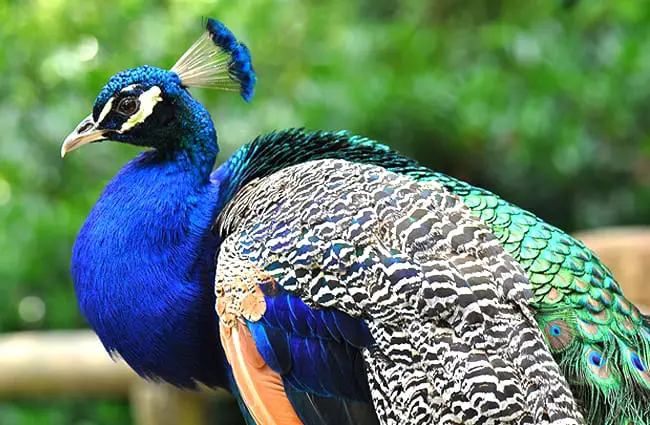

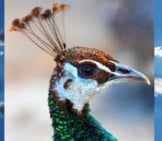

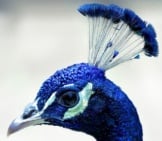

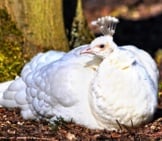

![Red Angus Closeup of a beautiful Red Angus cowPhoto by: U.S. Department of Agriculture [pubic domain]https://creativecommons.org/licenses/by/2.0/](https://animals.net/wp-content/uploads/2020/03/Red-Angus-4-238x178.jpg)












![Red Angus Closeup of a beautiful Red Angus cowPhoto by: U.S. Department of Agriculture [pubic domain]https://creativecommons.org/licenses/by/2.0/](https://animals.net/wp-content/uploads/2020/03/Red-Angus-4-100x75.jpg)

